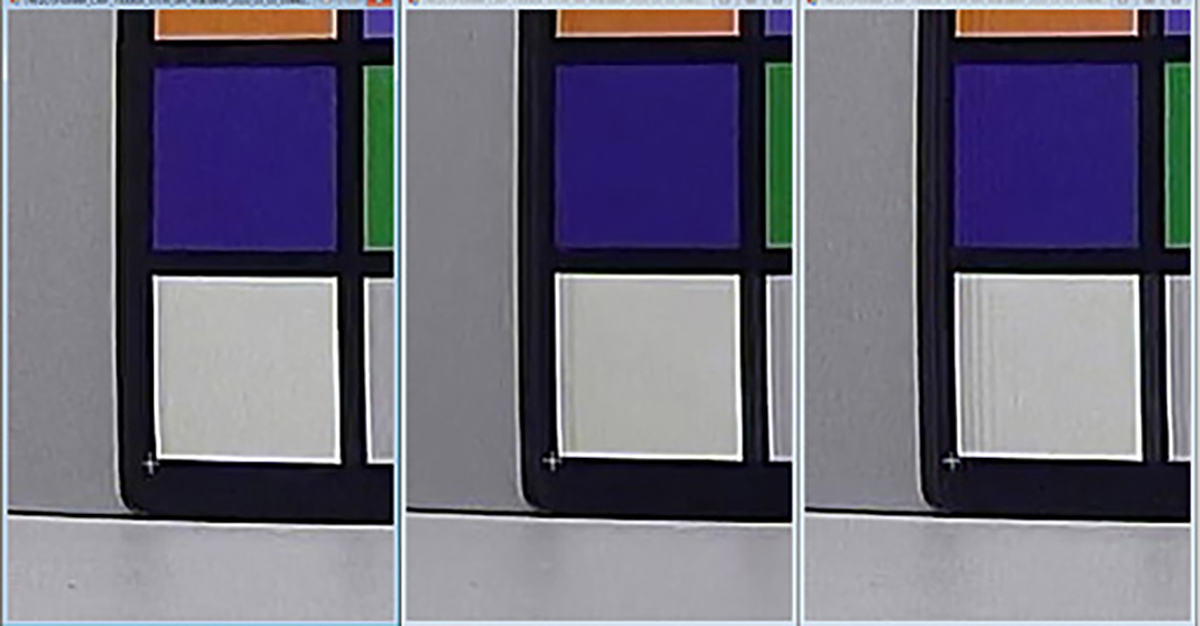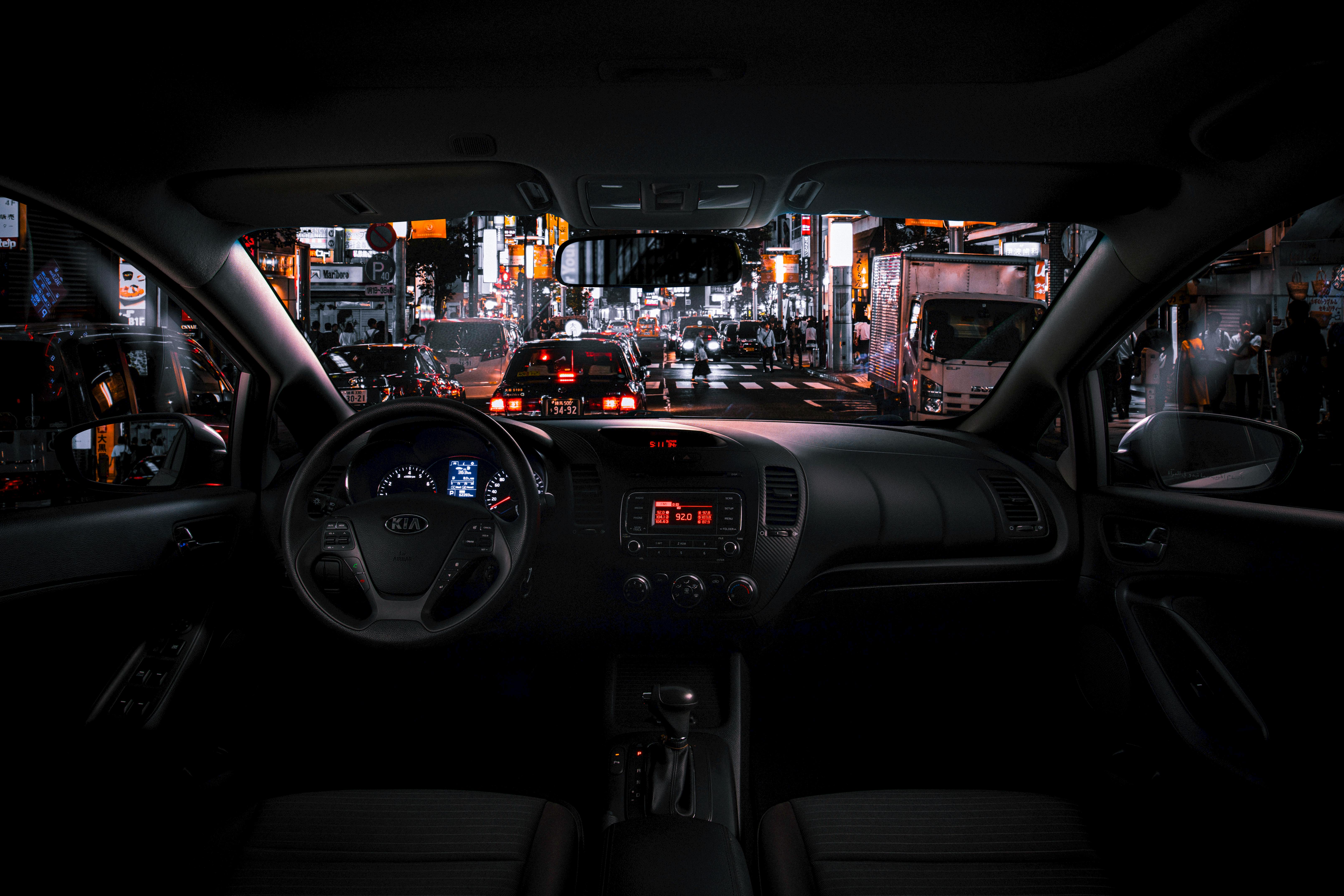The image transmission mode of the driving recorder is divided into "analog transmission mode" and "digital transmission mode". The detailed differences between the two methods are not listed here. One of the differences is whether the image quality transmitted from the camera will be reduced. For images transmitted by analog transmission, the image quality will be reduced regardless of the transmission distance. This is because converting the digital signal output from a sensor or ISP to an analog signal and then converting it back to a digital signal is affected by external disturbance noise and conversion errors anyway. However, if the digital transmission method is used, the data does not change, so as long as the transmission tolerance can be guaranteed, the image quality will not be reduced.

Figure 2: Example of analog transmission ringing due to cable differences
Not only does analog transmission degrade image quality, but individual differences in cables and wear from aging, plugging and unplugging can also cause changes in image quality (Fig. 2). As mentioned earlier, many in-vehicle surveillance cameras are equipped with AI, and changes in image quality may bring a fatal blow to AI judgments. Because this will cause AI to fail to correctly identify the target picture. However, the digital transmission method can maintain uniform image quality as long as the transmission margin is ensured even in the presence of individual differences in cables. Therefore, the digital transmission method also has great advantages in AI judgment accuracy.
Post time: May-05-2023

